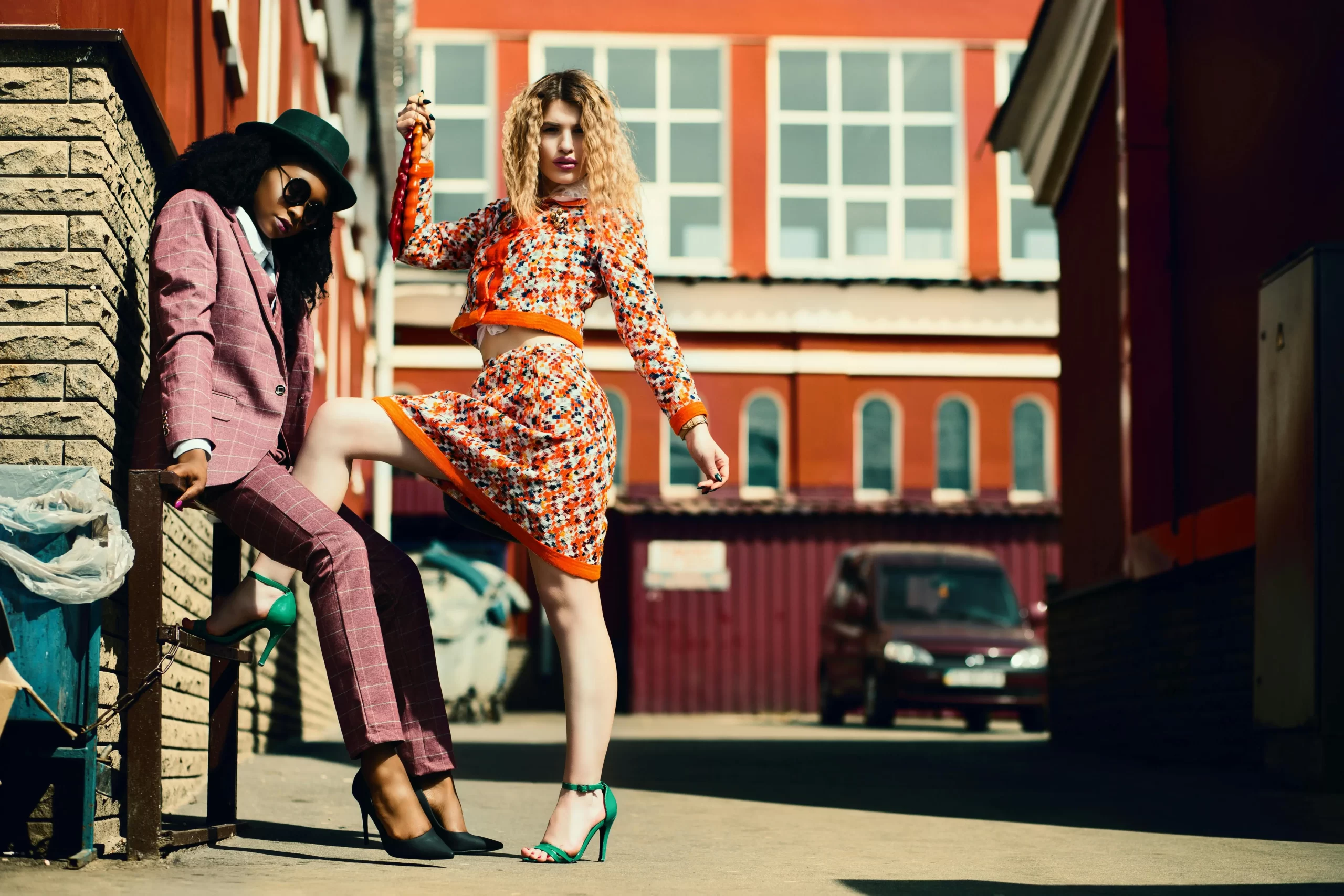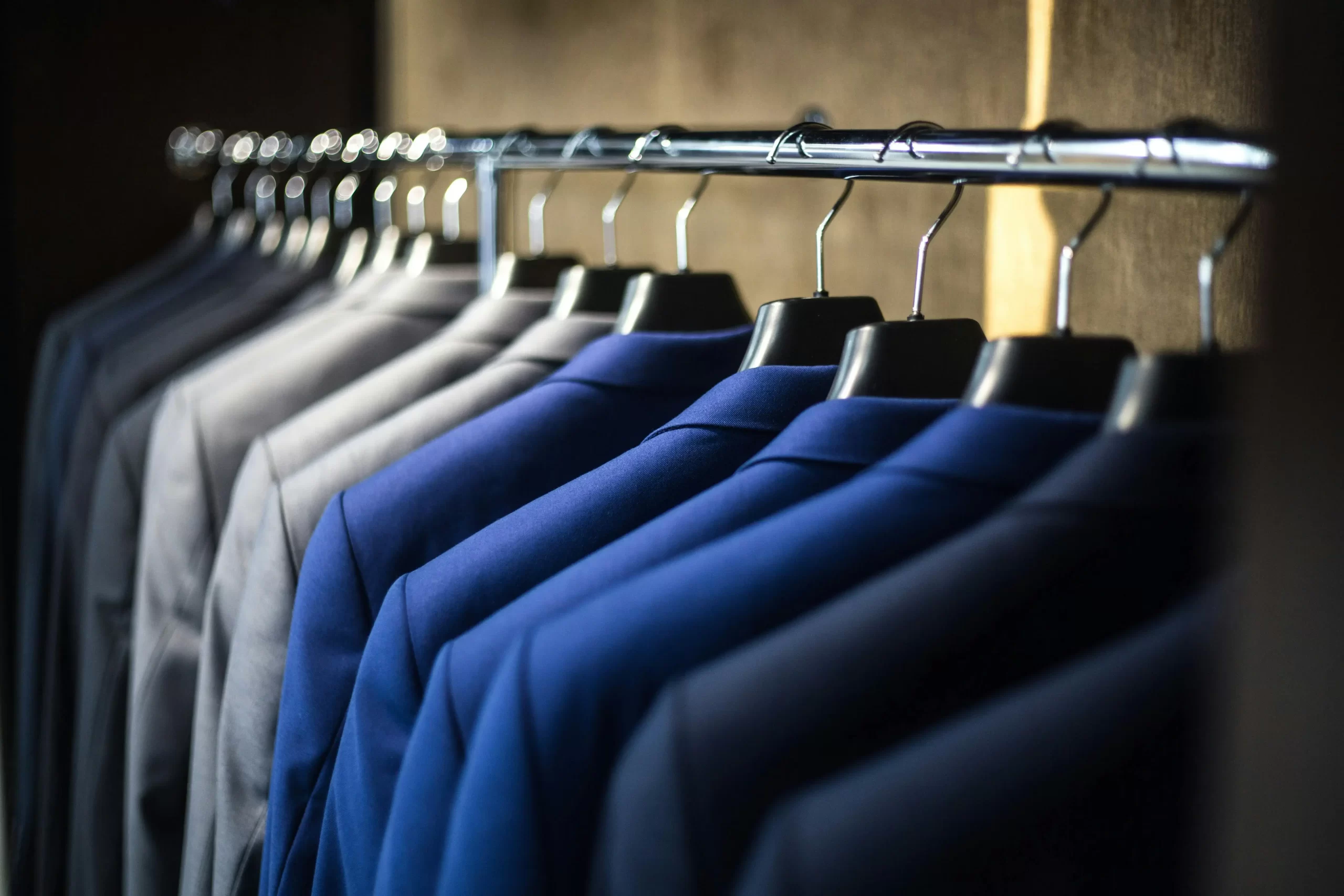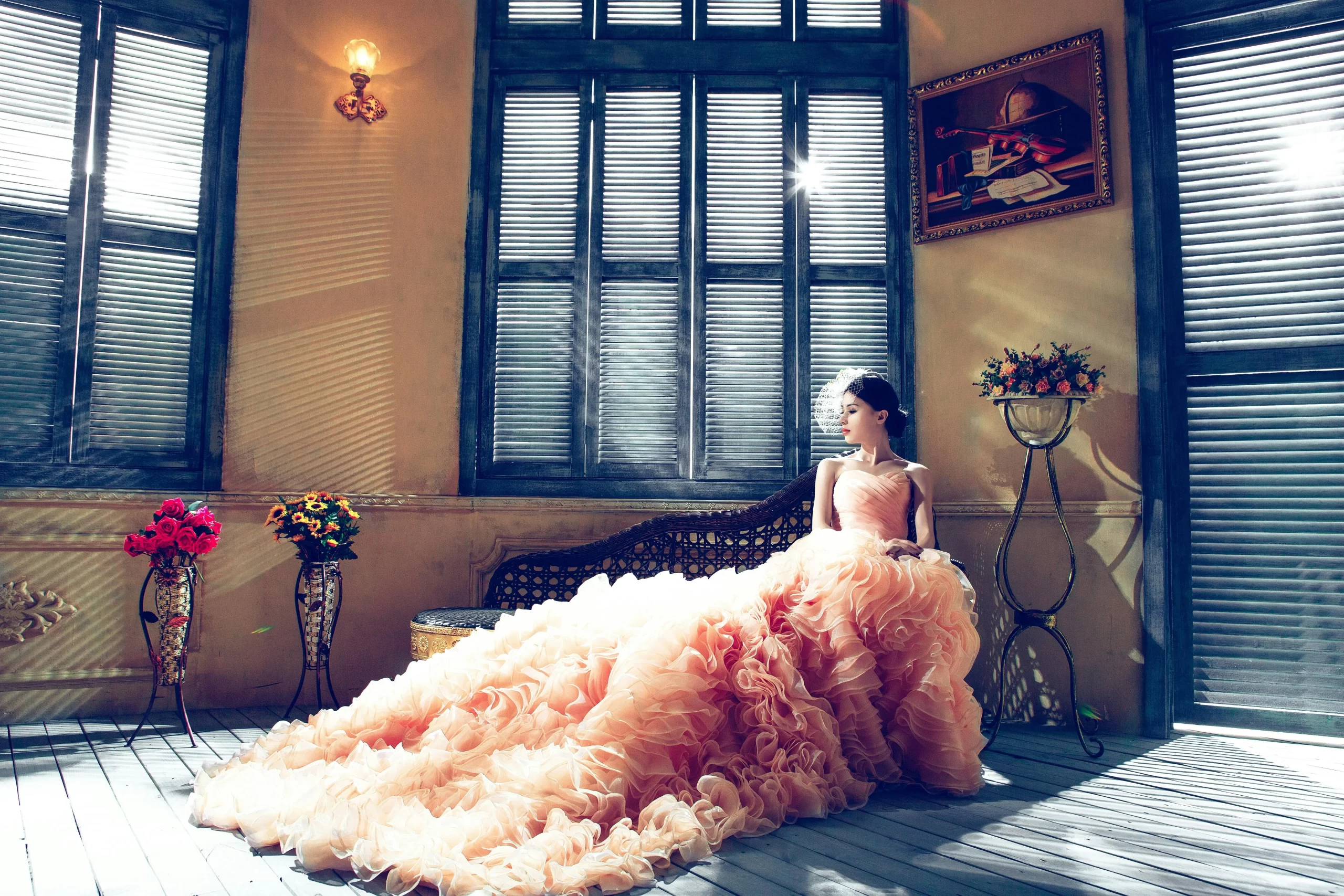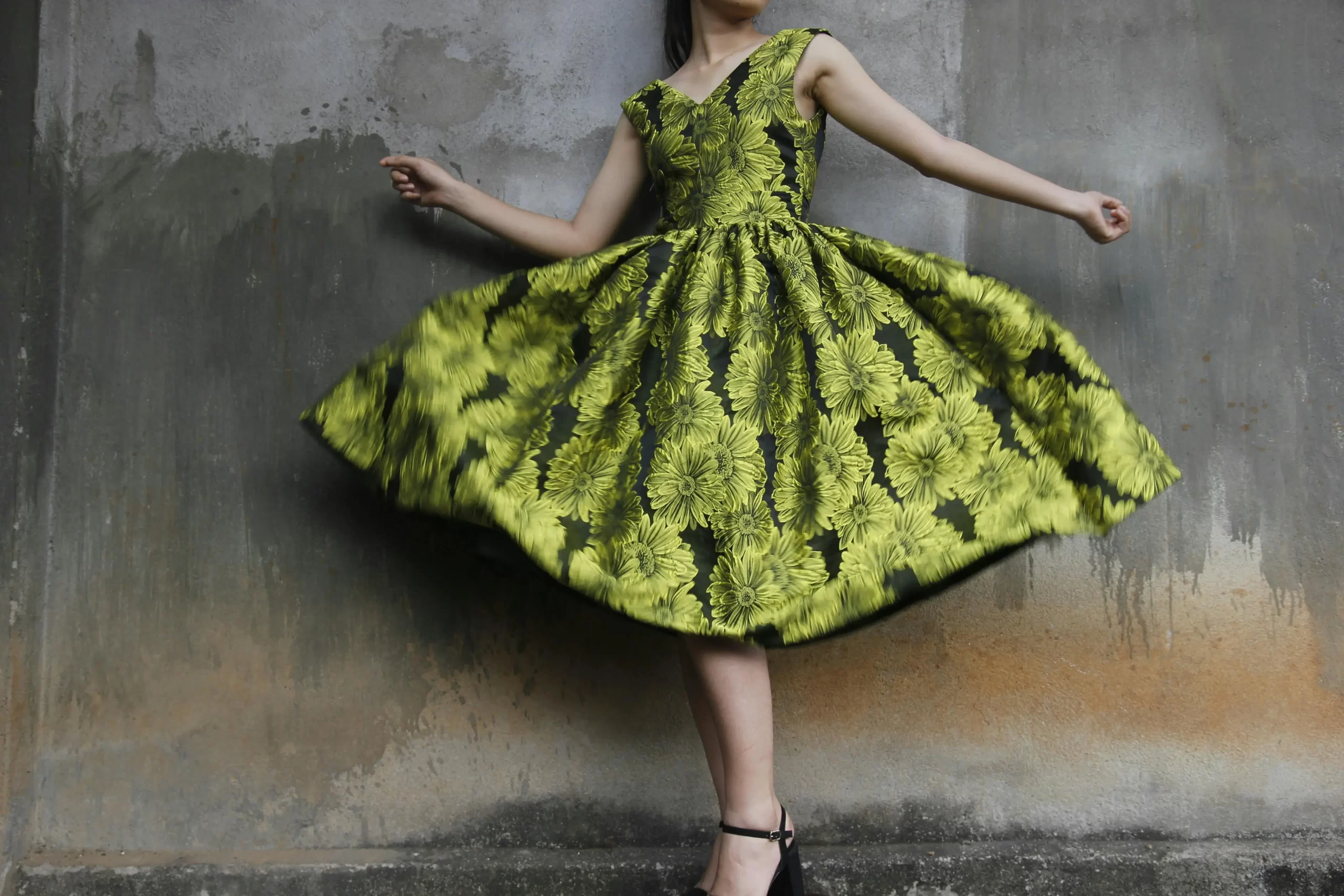Forecasting Fashion Trends: Comprehending the Fashion Cycle 2024
- Fashion Design
Forecasting Fashion Trends: Comprehending the Fashion Cycle 2024
Contact us
Bengaluru
Campus 1 : JD School of Design, No. 18-1, Brigade Road, Bengaluru,Karnataka – 560 001.
Campus 2 : No. 40, Swan House, 4th Cross, Residency Road, Bengaluru, Karnataka – 560001.
Goa
Musthtifund Saunstha , Near Mahalaxmi Temple,Dada Vaidya Road, Goa-403001
Forecasting Fashion Trend Cycle:
Forecasting fashion trends is not just about being creative; it involves using data, understanding people’s preferences, and being knowledgeable of current events around the world.
In the rapidly changing fashion industry, designers, stores and brands must follow the trends. Fashion is always evolving, from luxury shows to the streets, due to factors such as culture and new technology. . This article looks at how people predict which fashion trends will be popular in the coming years.

Here we outline some of the basics of Forecasting fashion trends. We’re talking about the fashion cycle, which refers to how a trend starts, grows and eventually dies. In addition, we also cover the main approaches used in trend forecasting, namely looking at what people like to buy and working with other industry players.
What is forecasting fashion trends?
Forecasting fashion trends is a systematic way of predicting what will happen in the fashion world. This applies to patterns, colors, fabrics, silhouettes and customer preferences.Examining various data sources to identify fresh and general topics that may subsequently affect the industry; predicting fashion trends becomes possible. When designers decide whether they should produce certain items or not; This process plays an important role in how best to market them and where to sell them. Various data are collected through runway shows, fashion weeks, fairs, street style social media, cultural events, consumer data, etc., which are used as sources by trend forecasters and fashion designers.

In addition, historical trends are examined along with cultural context, economic factors and technological changes, while mapping possible directions for the future development of this industry. Another thing fortune tellers do after doing all of the above is pick new themes/colors/textures/patterns/styles that might become popular based on what they learn about them. They then look for similarities in origin before evaluating each other’s significance and appealing to others.
Key Trend Forecasting Strategies

Fashion forecasting is characterized by many approaches and systems that help predict future fashion trends and consumer preferences. Here are some of the main methods of Forecasting fashion trends:
1. Researching the market:
Brands can use comprehensive market research to understand what customers want, how markets work, and which new fashions are appearing.
Advanced analytics and feedback from clients improve accuracy in predictions thereby guiding decisions on what products to develop as well as marketing strategies.
2. Technologies that are emerging:
AI and machine learning, among other technologies, have drastically changed how we analyse trends by processing larger amounts of data sets than ever before. They recognize subtle patterns better while predicting new styles in fashion with unmatched precision.
Digital platforms also act as live trend broadcasting channels thus affecting buyer behavior as well as shaping market directions.
3. Collaboration:
When different players come together it creates an environment where unique ideas thrive which can set trends higher than any individual could do alone.
By establishing connections between creators, opinion leaders, enterprises, etc., such joint projects transform cutting-edge concepts into things that sell. Businesses grow when they work with others who share their vision but this must be done right otherwise it may not yield positive outcomes or even worse fail.
4. Sustainable Practices:
The adoption of sustainable forecasting fashion trends should not be ignored if businesses want to survive in today’s world where consumers demand eco-friendly products.
Companies need to realize that being environmentally friendly goes beyond just one part of the supply chain; everything from sourcing materials all through production to final delivery has an impact on people’s consciousness about nature protection hence brands should prepare themselves for such changes in expectations from buyers.
5. Weeks and Events of Manner:
Fashion trend forecasting and manipulating consumerism are important functions that Fashion Week performs. These events do more than just show off what is about to come; they create an image in the minds of consumers and set their expectations accordingly.
To be able to meet the demands of the mainstream market while keeping it high on fashion, there must be a clear understanding of what people like among other things.
6. Worldly Culture Influences and Globalization :
Fashion cannot operate without embracing diversity as well as respecting different cultural impacts, especially in this era where everything has been globalized. This forms an important part of fashion trend forecasting.
This, therefore, means that by recognizing cultural diversities but not appropriating them, designers can always come up with universal fashions that will appeal across all borders so that every person may feel represented or touched by such styles globally.

7. Predictive Analytics & Data Modelling :
The use of sophisticated predictive models together with big data analysis tools allows analysts within the fashion industry better access to large datasets from which they can discover useful information otherwise hidden behind piles upon stacks of raw figures.
Such patterns discovered may enable these professionals to study relationships between variables over time hence making it possible for them to predict future trends more accurately than ever before although ethical issues need addressing alongside reducing biasedness during this process since everyone should be catered for when forecasting.
8. Nimbleness:
Quick adaptation towards new developments or changes in customers’ tastes distinguishes successful fashion trend forecasting firms from others.
Fashion brands need to make informed decisions quickly and adjust their strategies accordingly because failure to do so might lead them to lose out on emerging opportunities while also not being able to manage risks adequately thus remaining relevant within the dynamic environment where fashion operates.
9. Case Studies:
Real-life examples provide invaluable insights for those involved in the world of style. Through examining such instances players within the industry gain a deeper understanding of the complexities associated with forecasting trends.
Effective techniques of fashion trend forecasting can be learned through case studies, collaborative ways introduced, and customer-centric strategies adopted which will help in making informed choices while fostering innovation within the business setting.
Implementing these tactics together with other factors of awareness can greatly enable fashion experts to predict future patterns precisely thus maneuver through the ever-changing terrain that makes up the world’s second-largest revenue-generating sector.
Conclusion
To address the fashion industry’s ever-changing nature, one must predict fads from multiple angles. As a fashion trend forecasting becomes the most effective tool.
To be more precise in predicting what will be worn next season, designers need to know how the fashion calendar works, and use certain tactics like doing market research or collaborating with others — even taking into account sustainability and new technology may play a part too.
Also, adaptability is key when it comes to meeting consumer demands that seem to change overnight while still being able to compete within an industry driven by fast-paced markets.
Looking over different examples can give businesses insights into what worked best for them before as well as what didn’t work out so they should do things differently now; this goes hand-in-hand with learning from mistakes made elsewhere within their field which could spark innovation later on down the line too. There are more aspects to fashion trend forecasting than the above. And you can learn about this and more about fashion in JD School of Design. The admissions are open and you can get in touch with us today.
Frequently Asked Questions (FAQs)
What is fashion trend forecasting?
Fashion trend forecasting is predicting future trends in clothing styles, colors, and fabrics. It involves analyzing data, cultural influences, and consumer behavior to guide product development and marketing strategies.
Why is trend forecasting important?
Trend forecasting helps designers and retailers anticipate future consumer preferences, enabling them to create and sell products that align with market demand.
How do fashion professionals predict trends?
Fashion professionals use market research, data analytics, collaboration, and cultural insights to predict trends accurately and stay ahead of the curve.
